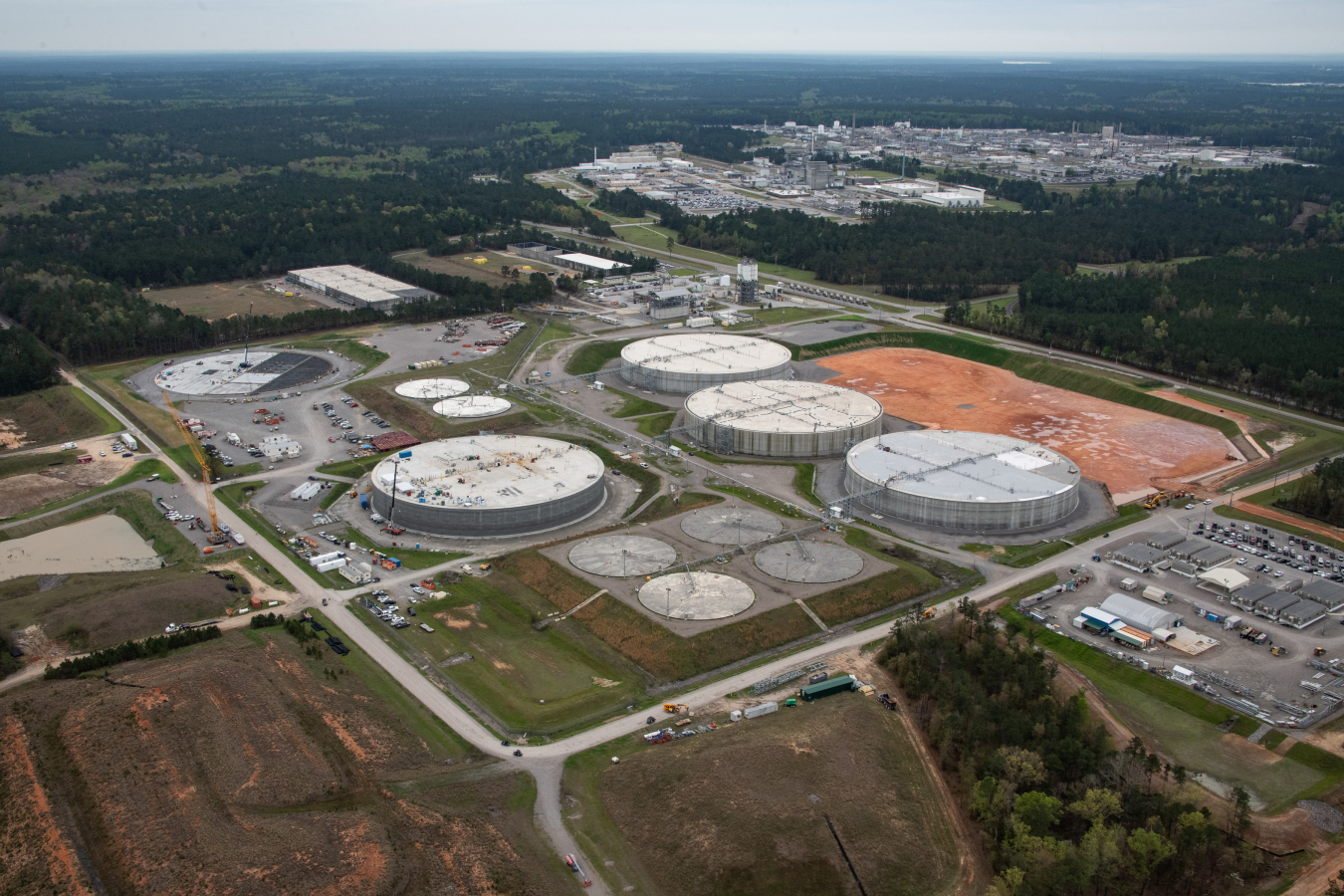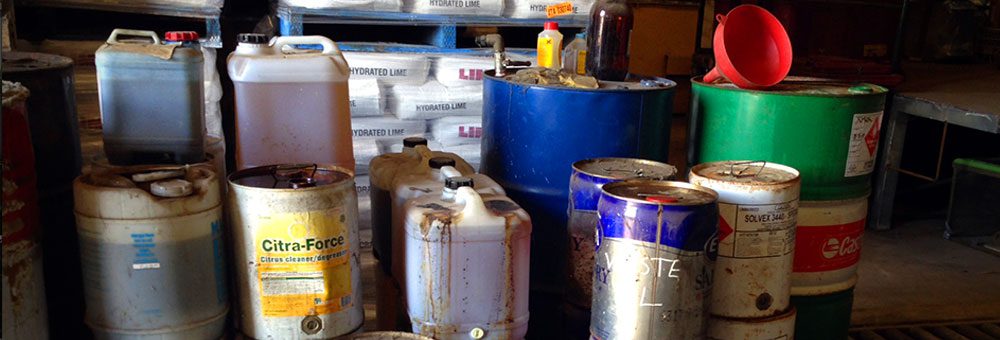Reputable Liquid Waste Disposal Melbourne: Safe and Reliable Providers
Reputable Liquid Waste Disposal Melbourne: Safe and Reliable Providers
Blog Article
Just How Fluid Garbage Disposal Works: A Detailed Review of Strategies and Technologies Utilized

Review of Fluid Waste Kind
The complexity of fluid waste types demands an extensive understanding of their characteristics and effects for disposal. Liquid waste can generally be categorized right into numerous types, consisting of commercial, local, agricultural, and harmful waste. Each category shows distinct properties, needing particular administration strategies to reduce environmental and health risks.
Industrial fluid waste stems from making processes and typically consists of a range of impurities, such as heavy steels, solvents, and natural substances. Municipal fluid waste, largely consisting of wastewater from households and commercial establishments, consists of organic issue, nutrients, and virus (industrial wastewater treatment). Agricultural liquid waste, consisting of drainage from ranches, may consist of fertilizers, pesticides, and pet waste, posturing risks to water quality and ecological communities
Hazardous liquid waste is characterized by its toxicity, reactivity, or potential to create harm. Understanding these varied liquid waste types is critical for creating effective disposal techniques and making sure conformity with ecological laws.
Physical Treatment Techniques

Screening is the initial step, where larger particles and debris are eliminated from the liquid waste making use of displays or grates. In sedimentation containers, much heavier bits settle at the base, forming a sludge layer, while the made clear liquid can be more dealt with.
Purification is one more vital approach that entails passing the liquid via permeable materials, such as sand or membrane layers, to capture smaller particles. This step boosts the high quality of the fluid, making it ideal for subsequent therapy procedures.

Chemical Treatment Techniques
Chemical therapy strategies are crucial for successfully taking care of fluid waste, especially in dealing with liquified and colloidal contaminants that physical techniques may not sufficiently eliminate. These techniques use numerous chemical representatives to neutralize, precipitate, or change harmful substances into much less dangerous kinds.
One common approach is coagulation and flocculation, where chemicals such as alum or ferric chloride are contributed to advertise the aggregation of put on hold bits. This process boosts sedimentation, permitting less complicated elimination of the resulting sludge. In addition, oxidation processes, utilizing agents like chlorine or ozone, are employed to break down intricate organic compounds and pathogens, providing the waste safer for discharge or more therapy.
Neutralization is another vital strategy, which readjusts the pH of acidic or alkaline waste streams to neutral degrees, stopping potential injury to downstream systems and the setting. Furthermore, advanced oxidation processes (AOPs) utilize mixes of oxidants and ultraviolet light to liquid waste disposal weaken consistent toxins, accomplishing a greater degree of treatment performance.
Organic Therapy Procedures
Organic treatment processes play an essential role in the management of liquid waste by utilizing bacteria to disintegrate natural issue and lower pollutant levels. These processes can be broadly classified into cardio and anaerobic treatments, each employing details microbial neighborhoods to accomplish efficient waste deterioration.
Aerobic treatment involves using oxygen to promote the break down of natural products by germs. This procedure is frequently applied in turned on sludge systems, where oygenation containers give a helpful setting for microbial growth, bring about the oxidation of organic toxins. The resultant biomass can be divided from treated effluent via sedimentation.
In contrast, anaerobic therapy occurs in the absence of oxygen, counting on various germs to break down raw material. This approach is especially helpful for high-strength waste, as it generates biogas, a renewable resource resource, while minimizing sludge production. Technologies such as anaerobic digesters are frequently employed in industrial and municipal applications.
Both aerobic and anaerobic organic treatments not just lessen the environmental influence of fluid waste but also assist in source healing, making them important components of sustainable waste monitoring methods. Their adaptability, effectiveness, and performance support their extensive implementation throughout numerous industries.
Emerging Technologies in Disposal
Innovative methods to liquid garbage disposal are rapidly evolving, driven by advancements in innovation and an enhancing emphasis on sustainability. Among these arising modern technologies, membrane bioreactors (MBRs) have actually gained traction for their capability to combine organic treatment with membrane layer purification, resulting in top quality effluent that can be reused in various applications. MBRs make it possible for smaller sized impacts and extra efficient operations compared to conventional systems.
Another encouraging development is making use of anaerobic food digestion incorporated with nutrient recuperation technologies, which not just treats fluid waste yet also creates biogas and recoups valuable nutrients like nitrogen and phosphorus. This double benefit improves resource effectiveness and reduces environmental effect.
Additionally, advanced oxidation processes (AOPs) are being adopted for the degradation of intricate organic contaminants. These techniques use powerful oxidants and stimulants to damage down impurities at the molecular degree, supplying a very effective remedy for difficult waste streams.
In addition, the assimilation of expert system and device discovering in waste monitoring systems is enhancing operational effectiveness and predictive upkeep, leading to decreased costs and enhanced environmental compliance. These technologies mirror a substantial shift in the direction of more lasting and efficient liquid garbage disposal methods.
Final Thought
In verdict, reliable liquid waste disposal demands a comprehensive understanding of different techniques and innovations. By continuously advancing these methodologies, it becomes feasible to resolve the growing difficulties associated with liquid waste, eventually adding to environmental defense and source recovery.
Liquid waste disposal is a critical facet of environmental administration, needing a thorough understanding of numerous techniques and modern technologies customized to different waste kinds. Fluid waste can generally be categorized right into several kinds, consisting of commercial, community, agricultural, and hazardous waste. Agricultural liquid waste, including drainage from ranches, may contain fertilizers, chemicals, and pet waste, positioning risks to water top quality and ecosystems.
Various physical treatment approaches play a critical role in taking care of liquid waste successfully - industrial wastewater treatment.In verdict, reliable fluid waste disposal requires an extensive understanding of various techniques and technologies
Report this page